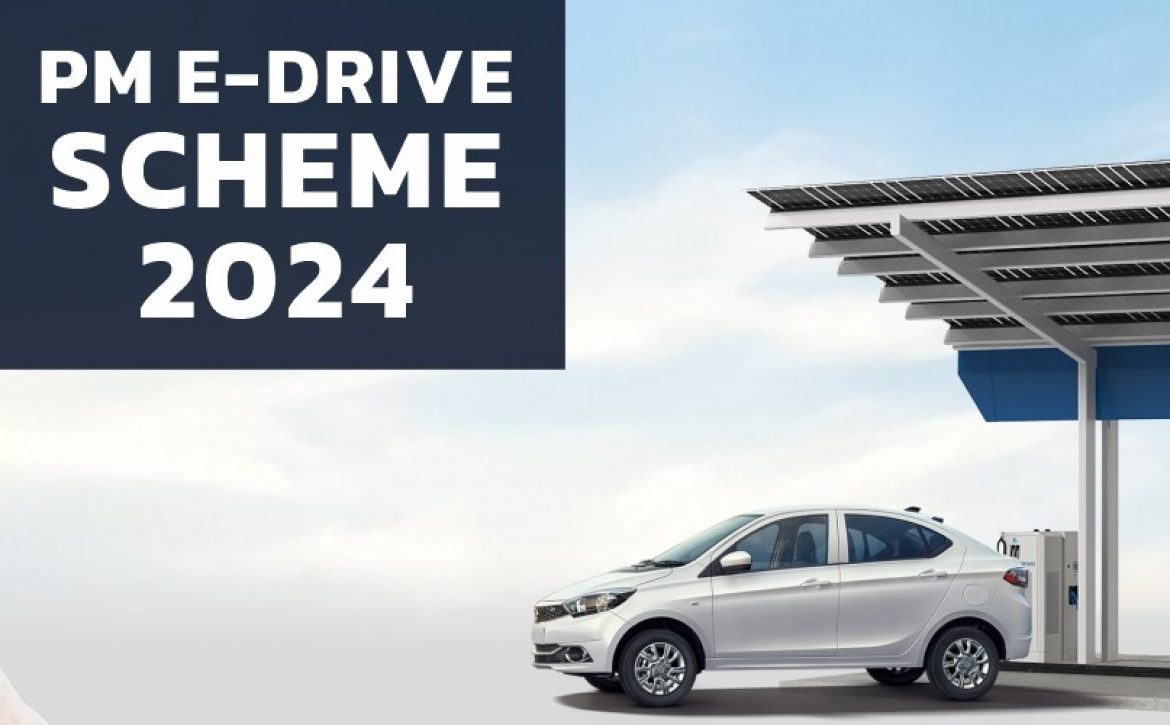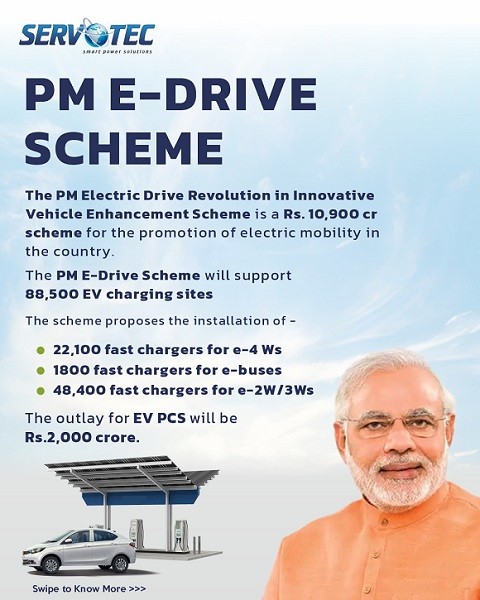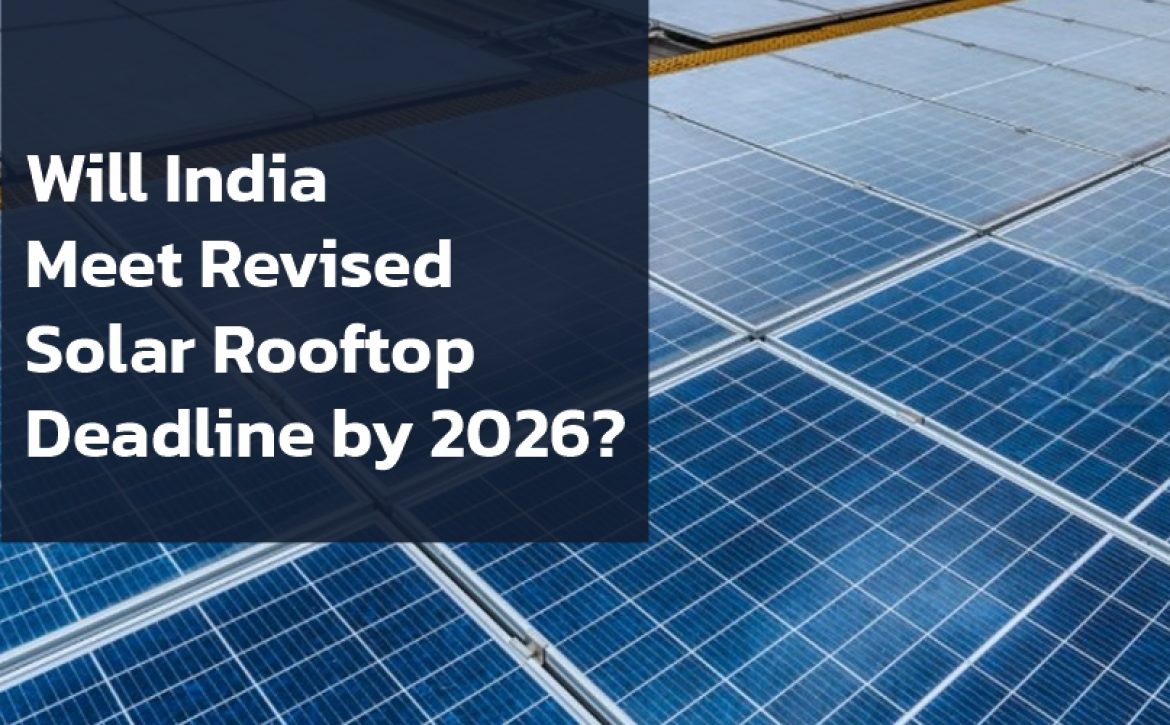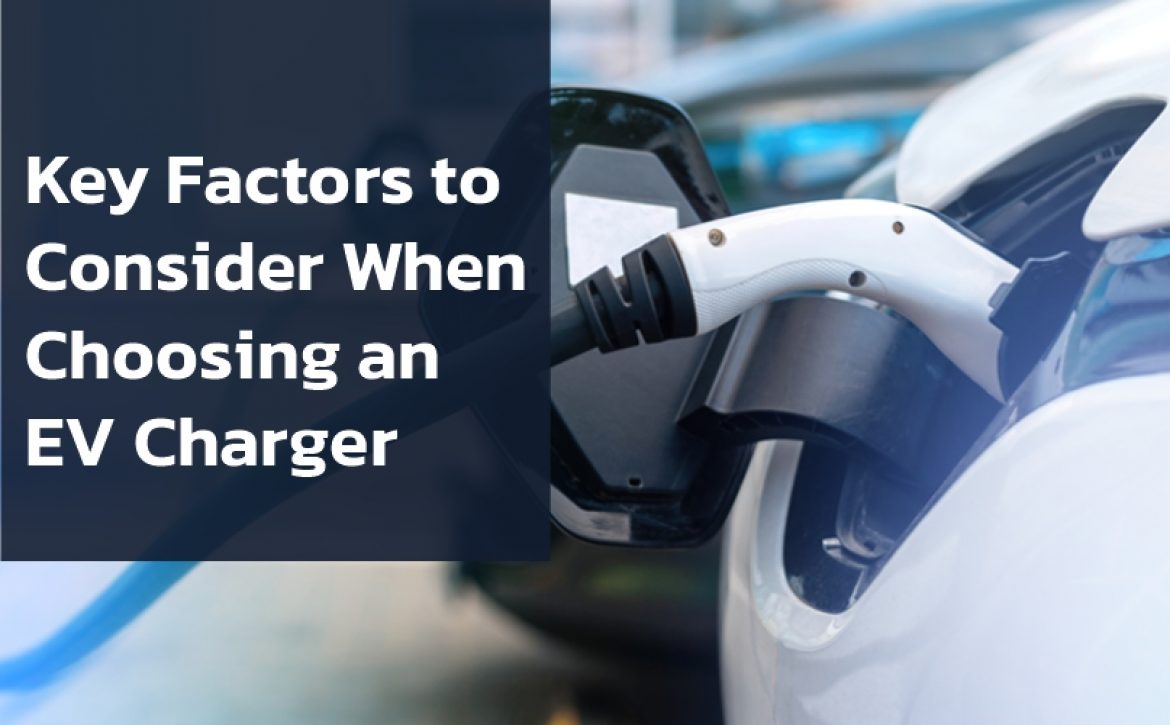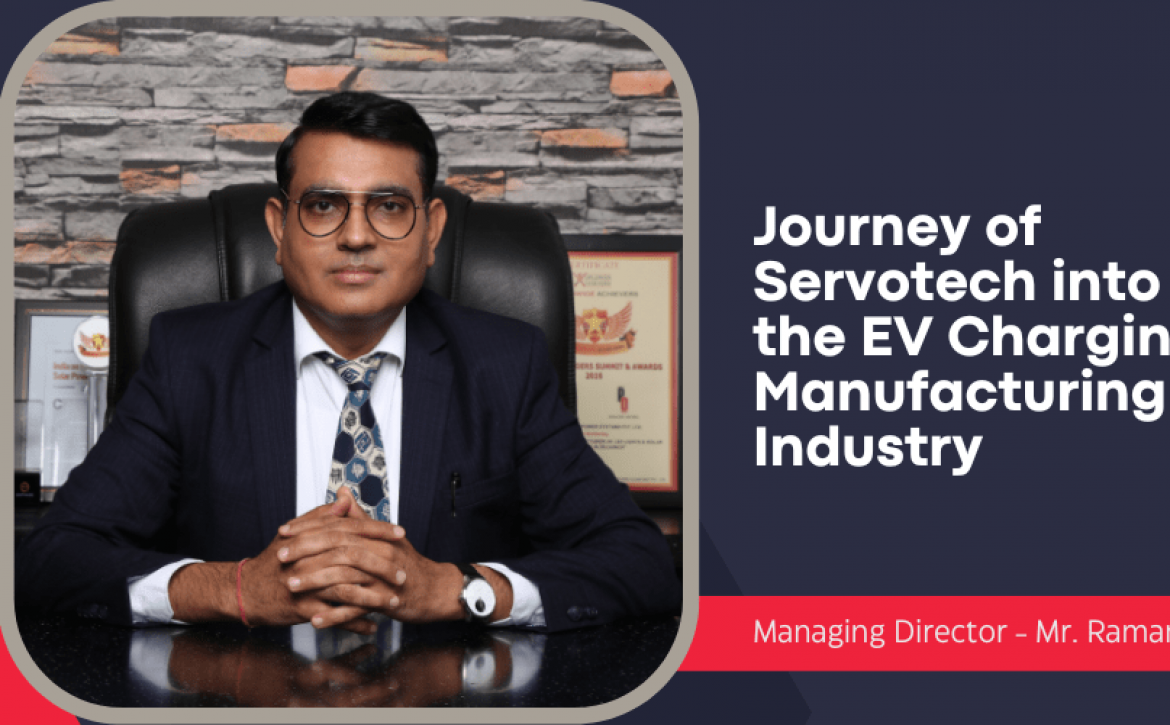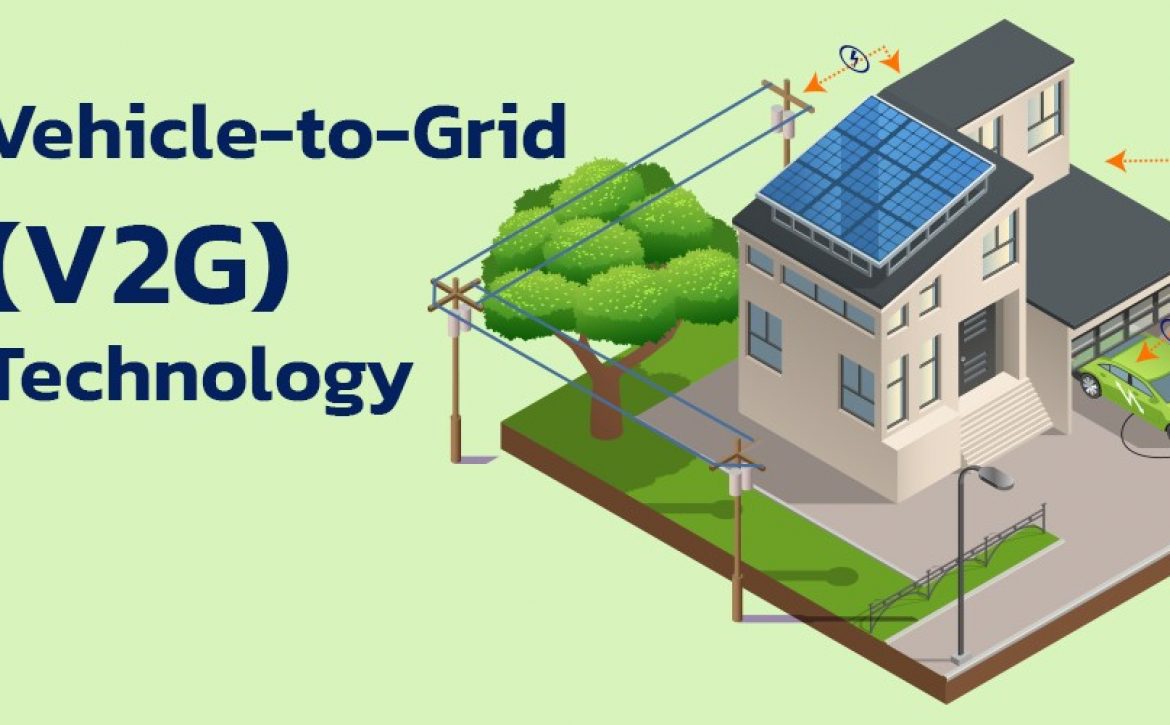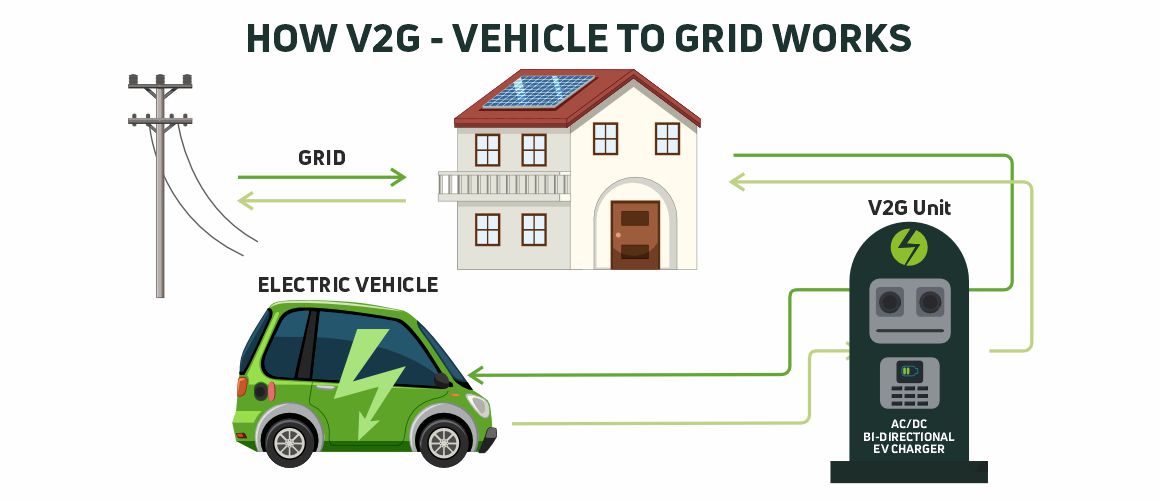Sustainable Solutions: How Industry Leaders Are Shaping the Future of Renewable Energy
Raman Bhatia, Managing Director of Servotech Power Systems Ltd., has more than 25 years of experience in the field of renewable energy. He led the electric vehicle chargers and solar products business for Servotech Power Systems Ltd. When the company got listed on the NSE in 2017, he made a success out of the same. Leadership is most passionate about sustainability, clean energy solutions, and multiple awards under his leadership in the ‘green energy’ space.
The rise of sustainable energy is pivotal in the global battle against climate change, serving as an essential component for both planetary well-being and economic growth. As societies confront the pressing challenges of resource depletion, exploring alternatives like solar, wind, and hydropower becomes crucial for transitioning toward a sustainable future. Various sustainable energy sources offer significant benefits, but challenges must be overcome for widespread adoption. The role of industry leaders in fostering innovation and collaboration is crucial, as their efforts are transforming energy systems to create a greener tomorrow.
In an exclusive interview with SiliconIndia, Raman Bhatia, Managing Director of Servotech Power Systems Ltd. emphasized that digital transformation and strategic partnerships can be the best tools to foster innovation and ensure sustainability in a rapidly evolving market. Sustainability coupled with new technologies can efficiently meet new challenges while taking hold of new growth avenues for long-term growth.
1. How are industry leaders fostering innovation to stay competitive in today’s rapidly evolving market?
Embracing digital transformation is key to staying competitive in today’s rapidly evolving market. By investing in research and development (R&D) and forging strategic partnerships, leaders are leveraging advanced technologies like AI, and IoT, to streamline operations, enhance customer experiences, and create innovative products. Cultivating a culture of innovation that fosters employee creativity, experimentation, and calculated risk-taking keeps them ahead of market trends. Additionally, collaborating with startups and academic institutions allows access to cutting-edge ideas and technologies, driving continuous improvement and maintaining a competitive edge in an ever-changing landscape.
2. What key strategies are being adopted to promote sustainable growth while balancing profitability?
To achieve sustainable growth while balancing profitability, companies are adopting renewable energy solutions, optimizing resource efficiency, and embracing circular economy models. Leaders are prioritizing sustainable supply chains, using data analytics to minimize waste, and exploring new revenue streams in eco-friendly products and services to attract environmentally conscious consumers. Key strategies include focusing on long-term planning, reducing environmental impact, and maintaining social responsibility, all while aligning business practices with ethical and sustainable principles for lasting growth.
Leaders are prioritizing sustainable supply chains, using data analytics to minimize waste, and exploring new revenue streams in eco-friendly products and services to attract environmentally conscious consumers.
3. What role do sustainable practices play in shaping the future of businesses across different sectors?
Sustainable practices are essential for shaping the future of businesses by ensuring long-term viability, reducing environmental risks, and complying with regulatory standards. With growing consumer demand for eco-friendly products, companies are pressured to adopt sustainable strategies. In sectors like energy, automotive, and manufacturing, these practices drive innovation, lower costs through energy efficiency and waste reduction, and attract investors. By focusing on sustainability, businesses can enhance customer retention, mitigate risks, and unlock new opportunities for growth while addressing climate change.
4. What innovations in renewable energy are seen as pivotal to driving long-term sustainability efforts?
Key innovations in renewable energy include breakthroughs in solar technologies, advanced energy storage solutions like next-gen batteries, and smart grid systems that optimize energy distribution. Hydrogen fuel is emerging as a clean energy carrier for transportation and industry, while bioenergy innovations are reducing reliance on fossil fuels. These advancements are driving the global transition toward clean energy and enhancing the efficiency, cost-effectiveness, and reliability of renewable power.
5. How is digital transformation reshaping traditional industries and the way they operate?
Digital transformation is revolutionizing traditional industries by automating processes, optimizing supply chains, and enabling data-driven decision-making. Technologies like cloud computing, AI, and IoT are helping businesses enhance customer experiences, personalize services, and accelerate innovation. In sectors such as manufacturing, retail, and finance, digital tools are streamlining operations, reducing costs, and creating opportunities for new business models. This transformation is reshaping industries by improving efficiency, disrupting traditional value chains, and driving personalized, data-driven customer experiences.
6. How are businesses adjusting their budgets to meet changing market demands and ensure sustainable growth?
Businesses are reallocating budgets to prioritize investments in technology, sustainability initiatives, and innovation. By trimming unnecessary expenses and automating repetitive tasks, companies can invest in digital tools that provide long-term savings. They are adopting agile financial strategies that enable rapid adaptation to changing market demands while maintaining a focus on profitability and sustainable growth. This adjustment involves prioritizing innovation through research and development, investing in sustainable practices to enhance competitiveness, optimizing costs through process improvements, and building resilience against economic downturns and market fluctuations.
7. What emerging technologies hold the most potential for enhancing efficiency and customer engagement across sectors?
Emerging technologies such as artificial intelligence (AI), machine learning, blockchain, and 5G are playing a transformative role in the renewable energy sector, significantly enhancing efficiency and customer engagement. AI-driven solutions optimize energy consumption and improve predictive maintenance, while machine learning algorithms analyze vast amounts of data for better decision-making. Blockchain technology facilitates secure and transparent energy transactions, enabling peer-to-peer energy trading and enhancing supply chain traceability. Internet of Things (IoT) devices connect renewable energy sources, such as solar panels and wind turbines, to smart grids, allowing for real-time monitoring and improved resource management. Additionally, advancements in robotics automate maintenance tasks, enhancing safety and operational efficiency. These technologies are paving the way for a more sustainable energy future, driving innovation and growth in the renewable energy landscape.
Note: This Interview is Originally Published on SiliconIndia.com



